 |
| The place where the enemy placed a machine gun on the school yard was damaged, only the foundation remained (1). Photo: Phan Viet Kien |
After the 1968 Tet Offensive and Uprising, which occupied Hue city for 26 days and nights, the US and the puppet army organized a general counterattack. In this counterattack, the US and the puppet army mobilized the most combat-ready military units, including the Air Cavalry Division (the US 1st Airborne Division), which caused many difficulties in the Tri Thien battlefield in general and the southern part of Hue in particular, forcing us to redeploy our forces in an asymmetrical manner. The forces that were retained on the battlefield must first of all be strong and brave soldiers with four specific criteria: steadfast in ideology (no ideology of repatriation, that is, surrendering to the enemy), self-sufficient in food (depending on the people to live), building a revolutionary base among the people and the enemy's ranks, and fighting the enemy at a level of imbalance in power.
In general, the ratio of our forces to the enemy was 1/20. With our compact force like that, at the foot of Bach Ma mountain in Phu Loc, we had 4 units of the liberation army with about 30 comrades. Among them, there was the Armed Security Reconnaissance Team of Phu Loc district, equipped with modern weapons at that time: AK and B40.
In July 1970, the mission was to return to Bai Qua area on the first night of the lunar month, waiting for the moon to set, then our forces would infiltrate the village and enter the people's houses to carry out the mission. The one assigned to command 11 comrades of the participating forces that night was comrade Tran Van Thoi, Captain of the District Armed Security Team. Because he was assigned the command task, the district armed security unit sent two comrades Nguyen Van Bon and Phan Viet Kien to reconnoiter the route. At the observation post in the Khe Quyt mountain area southeast of Bach Ma, looking through binoculars toward Bai Qua at a distance of 3km as the crow flies, we discovered that in the Bai Qua area, the American and puppet soldiers were moving around densely, while the people were moving around sparsely.
We later learned that it was a separate company of local soldiers belonging to Thua Thien District. The team that went to Bai Qua that night was divided into 2 groups. The first group had 4 comrades, commanded by comrade Tran Van Chuong - an officer of the District Security Reconnaissance Team, including 4 AK guns. The second group had 7 comrades equipped with weapons including 1 B40 gun with 4 bullets; 5 AK guns and 1 K54 pistol.
Knowing that the mission at night was dangerous because it was going into enemy territory, our formation was tightly organized, and coordination had to be good and timely. When the first group crossed the national highway and the railway, checking that the terrain was clear of enemies, the two groups met at the railway and assigned and arranged firepower to support and reinforce each other when there was an enemy ambush, as planned before the departure.
After arranging forces and firepower according to the approved plan, the first team led by me (Nguyen Van Bon) did not enter the village along the path that the villagers took every day. To prevent the enemy from planting mines and deploying strong firepower, the leading team went through the rice fields towards Cau Hai lagoon, then went around to the village.
It was around 10pm. When I stepped from the rice field onto the mound to approach the house, suddenly there was a flash of light along with a loud explosion from the enemy's Claymore mine. And immediately after that, the enemy's ARI5, machine gun, and personal mortar (M79) fired at the four of us. But thanks to going into the enemy's secondary direction and just stepping onto the mound with the house, the four of us jumped right into the field so the enemy's firepower only flew over our heads. At this time, each of the four brothers in the leading group only had time to return fire with one round of AK. As for me, when I jumped into the field, I knew I was wounded in the leg and could not run, but thanks to the enemy's flares, comrade Tran Van Chuong, the leader of the leading group, promptly ran over, grabbed my hand, put it over his shoulder, and pulled me into the rice field.
While the enemy was pouring firepower into the direction of the four of us, the second group of 7 comrades on the railway promptly returned fire to divide the fire. The AK rounds rang out simultaneously, aimed at the enemy's ambush formation, especially with the advantage of high terrain and the cover of the railway, so they accurately aimed at the enemy's machine gun firepower and destroyed the machine gun. From then on, the enemy limited their return fire.
In this ambush, the enemy suffered losses in equipment (machine guns) and 5 people were killed and wounded. On our side, 2 comrades from the leading team were wounded, but thanks to their courage and intelligence, and their experience in counter-ambush fighting, by 1 a.m. that night, all 11 comrades had returned to the assembly point in the wasteland (currently Phu Loc District Hospital). Here, the brothers gave first aid and bandaged the wounds and carried the wounded soldier, me, to the base.
After 1975, 11 comrades who participated in the night of going to Bai Qua that day were reduced to 3 comrades, including me - Nguyen Van Bon, comrade Phan Viet Kien from the Armed Security Reconnaissance Team of Phu Loc district and comrade Hoang Lam, a guerrilla of Dinh Loc commune (now Phu Loc district town).
Source: https://baothuathienhue.vn/chinh-tri-xa-hoi/kho-quen-tran-phan-phuc-kich-o-xom-bai-qua-145436.html


![[Photo] Award ceremony for works on studying and following President Ho Chi Minh](https://vphoto.vietnam.vn/thumb/1200x675/vietnam/resource/IMAGE/2025/5/20/a08ce9374fa544c292cca22d4424e6c0)
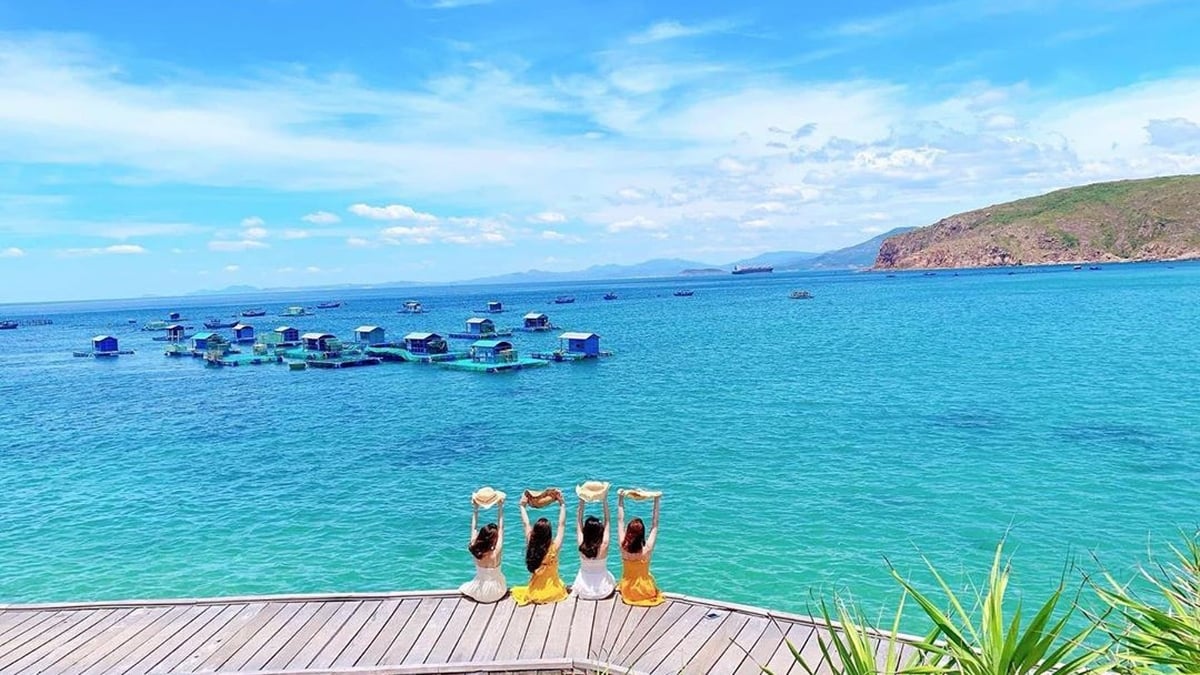

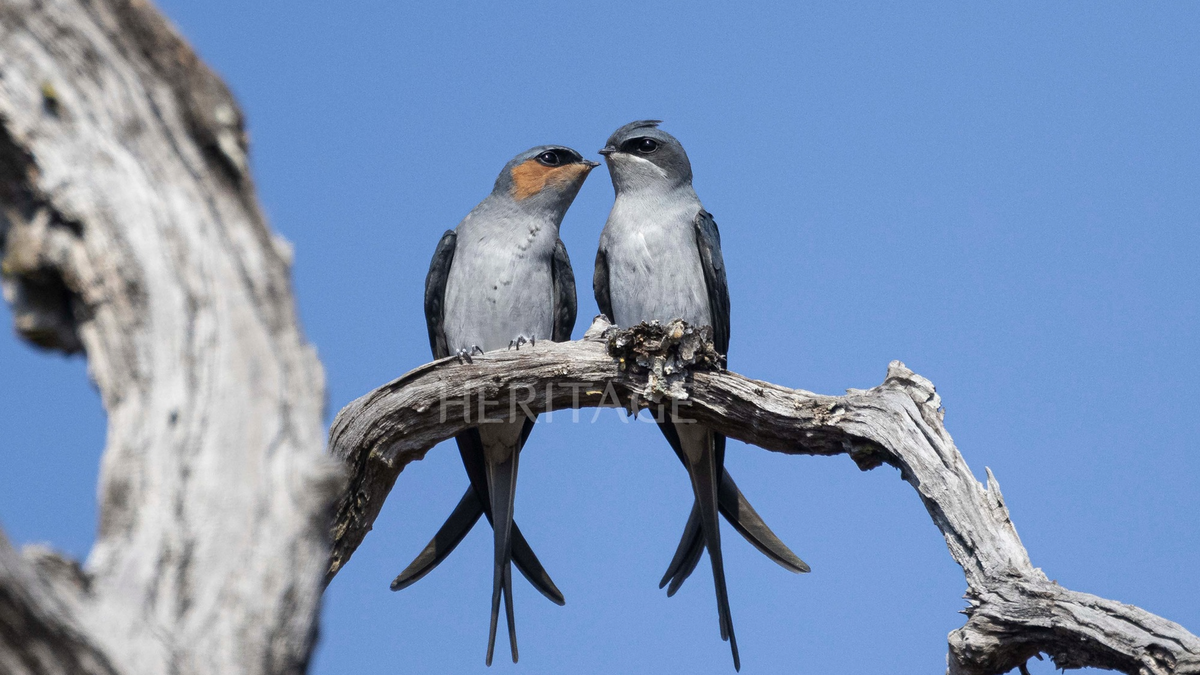
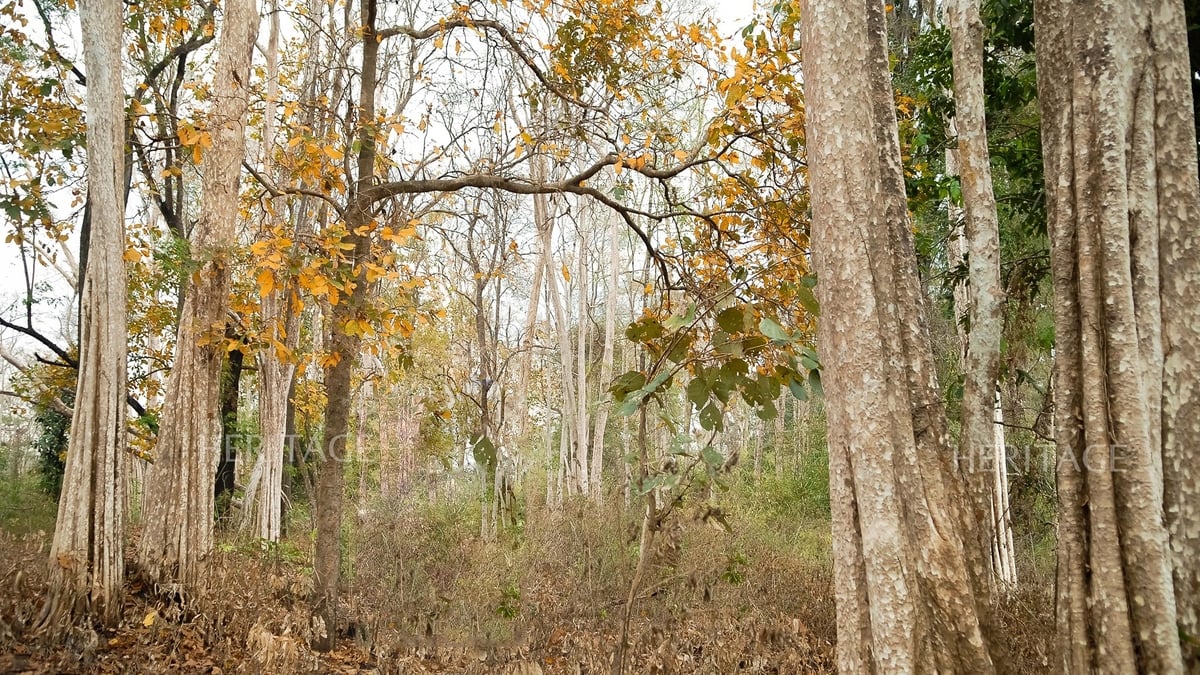
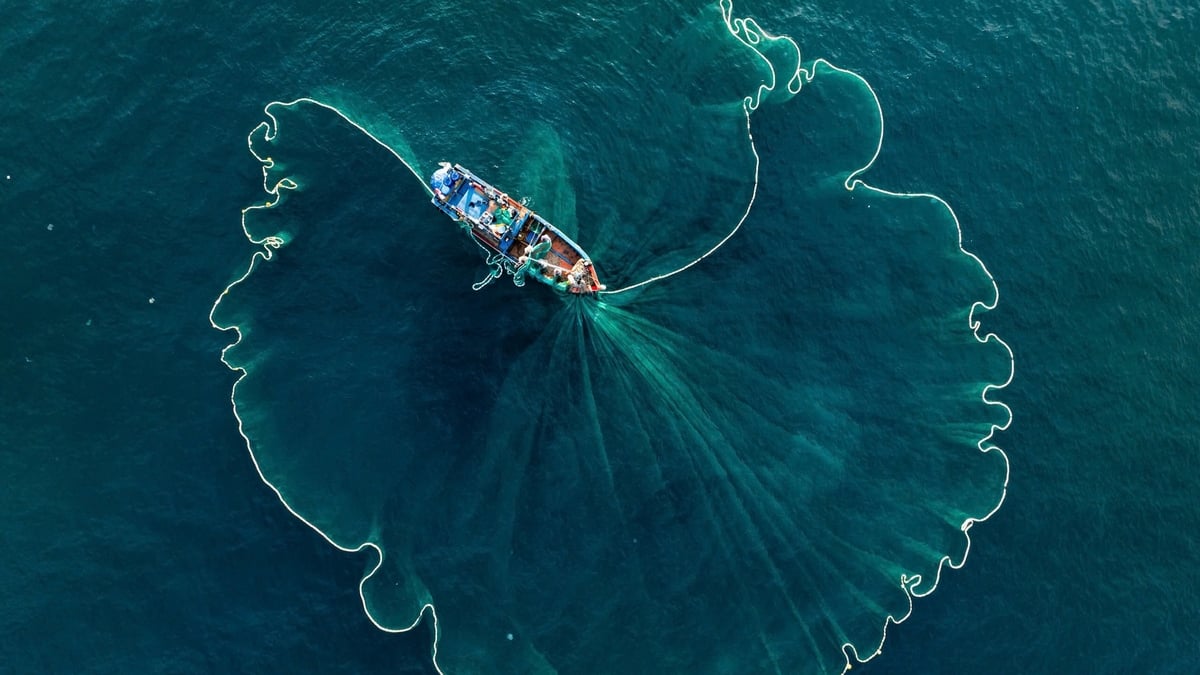




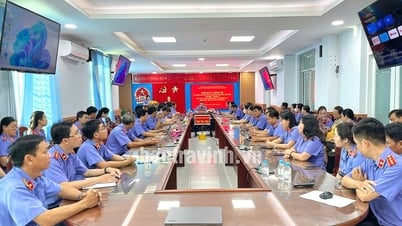









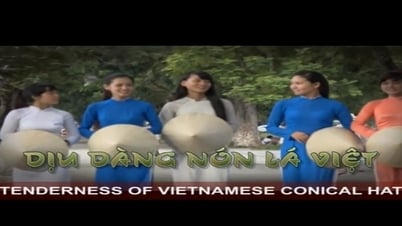


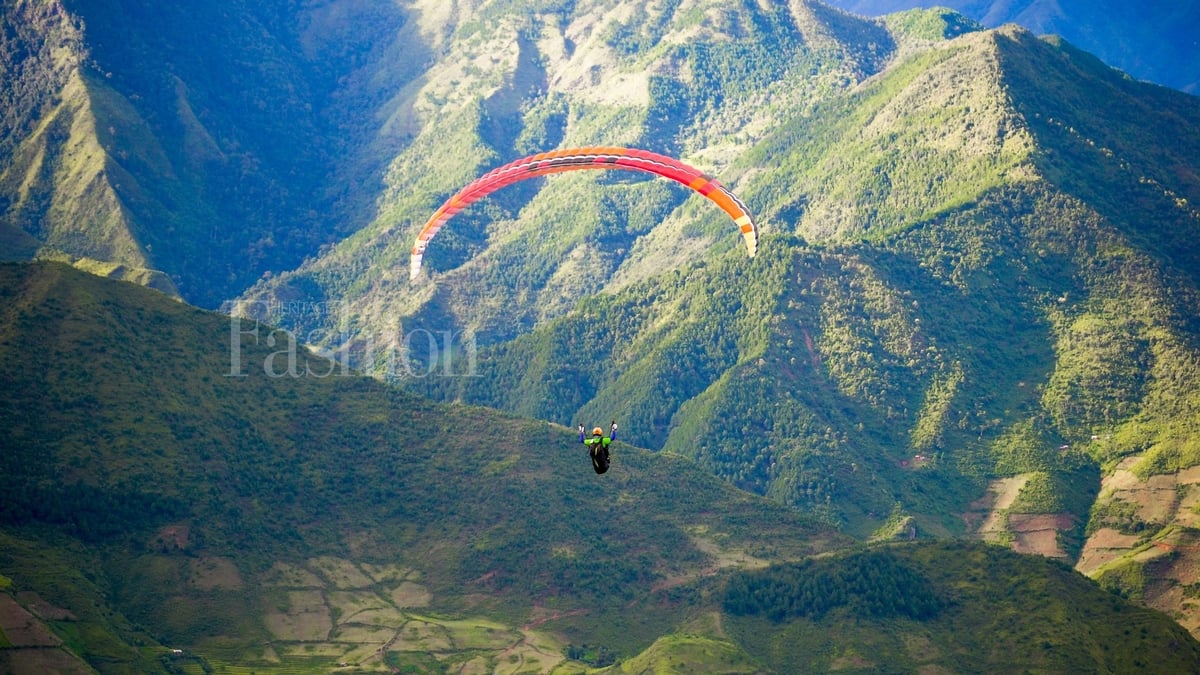
![[Photo] Vietnamese shipbuilding with the aspiration to reach out to the ocean](https://vphoto.vietnam.vn/thumb/1200x675/vietnam/resource/IMAGE/2025/5/20/24ecf0ba837b4c2a8b73853b45e40aa7)


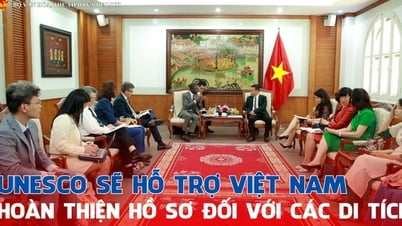

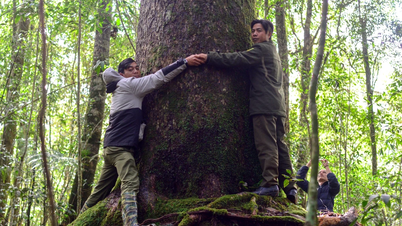

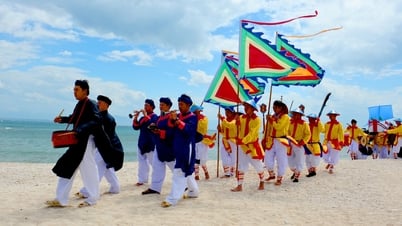

















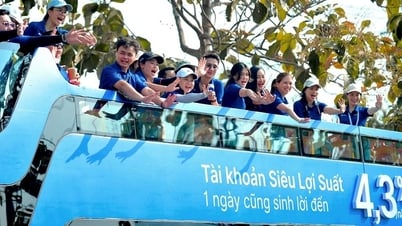
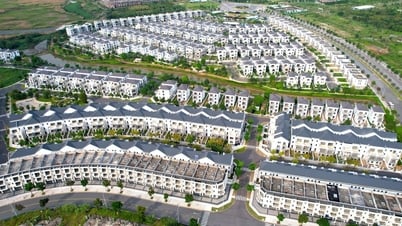

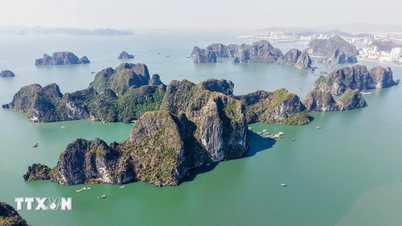
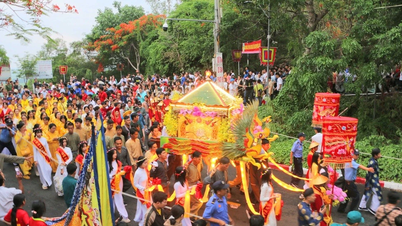


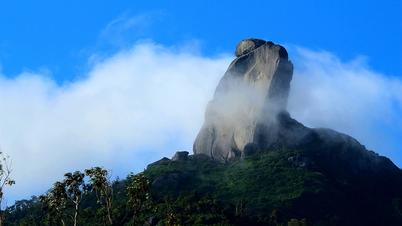
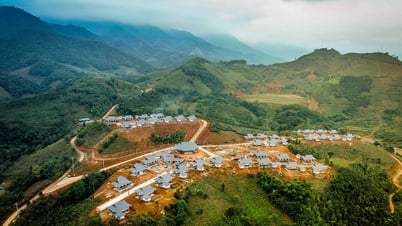
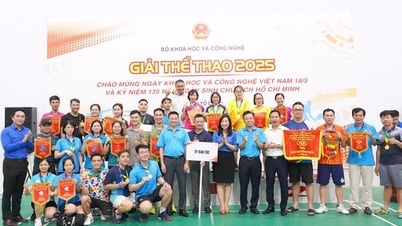

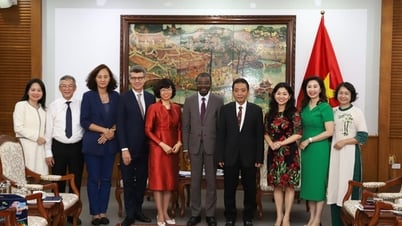



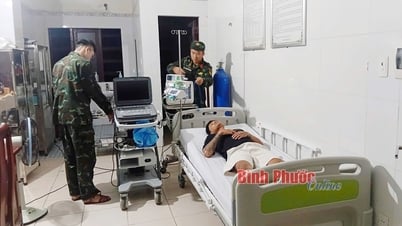




















![[VIDEO] - Enhancing the value of Quang Nam OCOP products through trade connections](https://vphoto.vietnam.vn/thumb/402x226/vietnam/resource/IMAGE/2025/5/17/5be5b5fff1f14914986fad159097a677)
Comment (0)